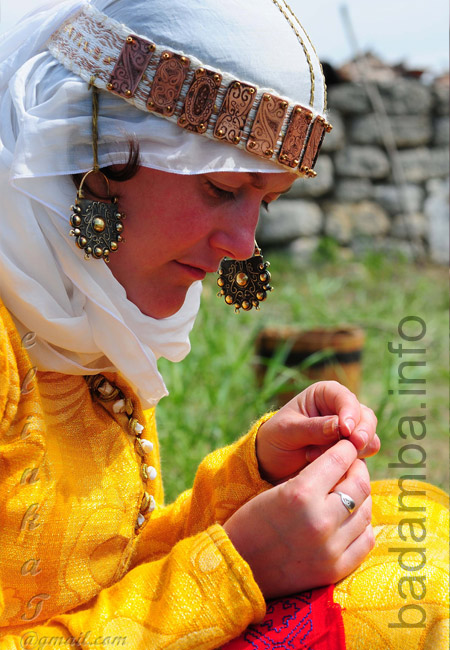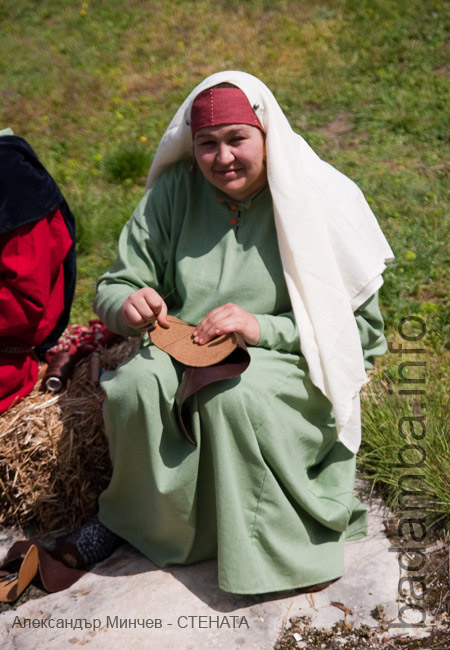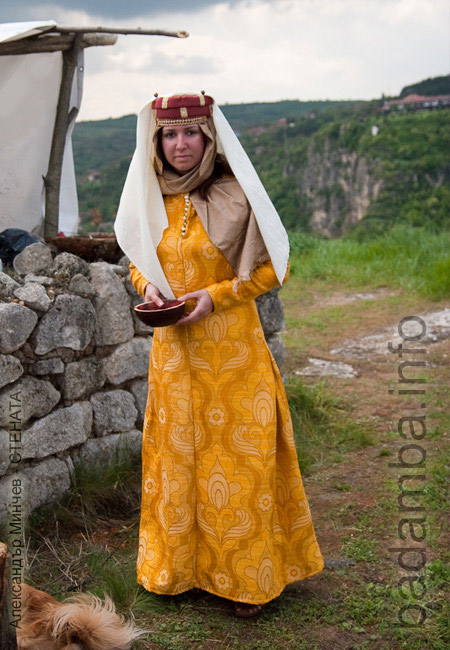Experimental archeology. Content
Costumes and hairstyles from XVI century
The activities are part of the project Reconstruction of Bulgarian Customs and Music from the 16th Century, including the reading of an original musical phrase recorded in the 16th century, the reconstruction of a musical instrument on which it was performed, experimental archaeology of dance and costumes from the era and recreating the custom of welcoming a foreigner.In Bulgaria, there are almost no reconstructions of the past between the fall of Bulgaria under Ottoman rule and the beginning of the Renaissance, so some of the activities were new to the performers themselves.
For the headdresses, I used the information from several different travelers from the 16th century, according to which Bulgarian women "accessorized" their hair with woolen threads and horsehair, and sewed on coins and various shiny objects into them. It was important that the resulting piece be lavish enough to match the preserved images, be light and comfortable to allow free movement, and grip the head securely to allow energetic dancing. The feedback from the performers showed that the purpose was achieved.
More elements of the reenactment of the whole custom can be seen in this video clip

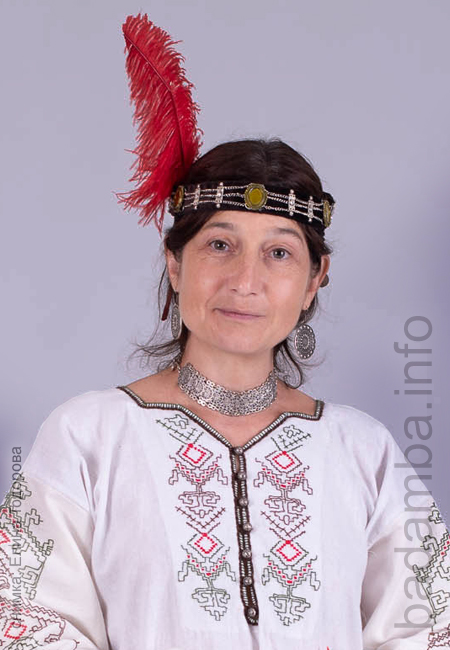





Bishop’s omophorion
The book of Dr. Ivan Chokoev (Chokoev, I. (2013) Bishop`s Liturgical Vestments in The Middle Byzantine Period: Identification of Archaeological Textiles from Kardzhali (Bulgaria), Veliko Tarnovo: Faber) provided invaluable help in making this replica.The set of depictions of bishop-saints dated 11th – 14th centuries and the finding in Kardzhali suggest the following to be true in regard to the medieval omophorion:
- It is decorated with big crosses whose number may vary but two of them always lie on the shoulders symmetrically;
- It is double-sided. Its front side is identical to its back side;
- It is worn wrapped over the shoulders with one end hanging down the front and the other end hanging down the back;
- When throwing it over the shoulders, the cloth folds at the chest and its front side falls on one shoulder while its back side falls on the other shoulder.
- There are at least two ways to wear it - hanging longer in the front so that it can be used to hold liturgical books or hanging shorter in the front allowing free movement without being restricted. It is never fastened or tucked under a belt;
- Both of its ends are decorated in the same manner.
On the grounds of this observation, I reached the conclusion that the omophorion is probably centrally symmetric.
Designing a product which satisfies all of these conditions proved to be a difficult task. The manner in which this version was recreated is not the only possibility, but it is practical and the replica looks authentic.
You can see photos of the other elements of the garment here


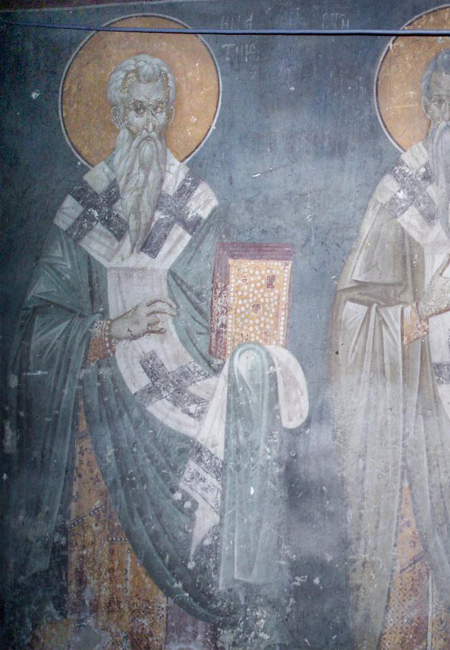
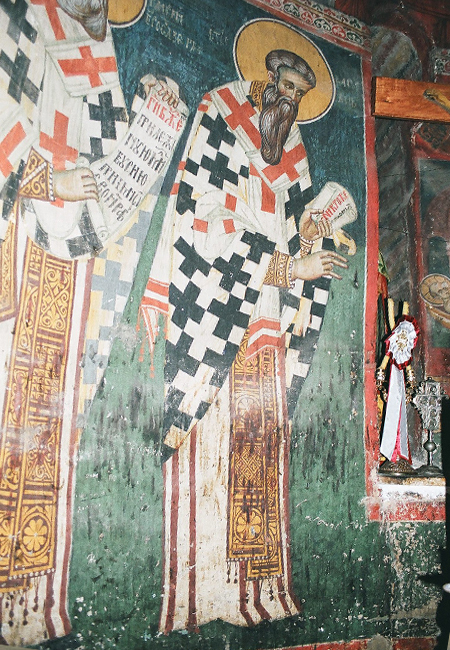




"King" from the Chalcolithic Period
The Eneolithic (Chalcolithic) necropolis in Varna is one of the most important archaeological finds in the world. It contains the remains of a highly developed ancient culture, which existed several centuries before the ones of Mesopotamia and Egypt, as well as the oldest processed gold in the world.The gem of the collection of real and symbolic graves is definitely No. 43 – a tall man laid in the ground surrounded by opulent jewelry, various weapons and ceramic vessels. His burial gifts have already traveled around the world in different museum exhibitions. His skull has been used by Prof. Yordan Yordanov to reconstruct his face. There are also several attempts to recreate his whole appearance with graphics, but no real reconstruction has been realized this far. The work below is an attempt to make one. It is, of course, fictional, as the only traces of clothes are the golden appliques with little holes, allowing them to be sewn to cloth, which were found all over the skeleton.
All reconstructed metal objects are exact copies of the ones found in the grave. A selection was made from those objects which the head of the archaeological team at the site – Dr. Ivan Ivanov classifies as appliques to cloth or to jewelry pieces in his publications. The two arrangements of the findings in the exhibitions of Varna Archeological Museum before and after 2012 were also taken into consideration while designing the clothes.
The cloth for the main piece was made completely by hand on an upright vertical loom. Remains of such looms dating back to the Neolithic Age have been found in Bulgaria. The pieces have an average width of 30 cm – when using primitive tools to weave it is not possible for the width to be much bigger. The raw material is home-spun and twisted wool. Experimental archaeology shows that when using this method and with only this raw material, the cloth is not strong enough to make clothing – the threads cannot withstand the tension, they stretch and the fabric gets broken even while it is still on the loom. It is necessary to use stronger fibers for the base (e. g. flax or hemp). Some remains of pre-historic textures found around the world have a mixed structure.
The cloth, obtained in this manner, is dyed with rubia root using an ancient technology. The colour of the undyed wool is not even (there are greyish and brownish sections in the white fleece). Therefore, the dying is also uneven. An attempt was made to colour the cloth red as traces of red ochre were found on the hair. When this method of dying is used, the dye does not adhere well and the colour is not vivid enough.
It is sewed completely by hand with wool and silk thread. The decoration on the piece of clothing is based on the motifs of ceramic decoration found in the necropolis.
The shoes are replicas of the earliest-known leather shoes in the world – a finding in the Areni-1 cave complex in Armenia dated to 3 500 BC.
The reconstruction was realized by the following team:
Boris Borisov - silicone figure of the chieftain
Borislav Hadzhiev – replicas of the golden objects found in the grave
Kalina Atanasova – project, design and sewing of the costume
Nadezhda Lilova – hand weaving and dying of the cloth
Stefan Stefanov – shoe making
Special thanks go to Stanimir Parvanov for his scientific literature and consultations.
The reconstruction was realized as a part of the project Neolithic Village – a historical complex for pre-historical and ancient culture located in the village of Neofit Rilski. Besides the reconstructions of everyday life objects and weapons, it contains reconstructions of a stilt house, a sacred building from the Neolithic Age and many other interesting sights.






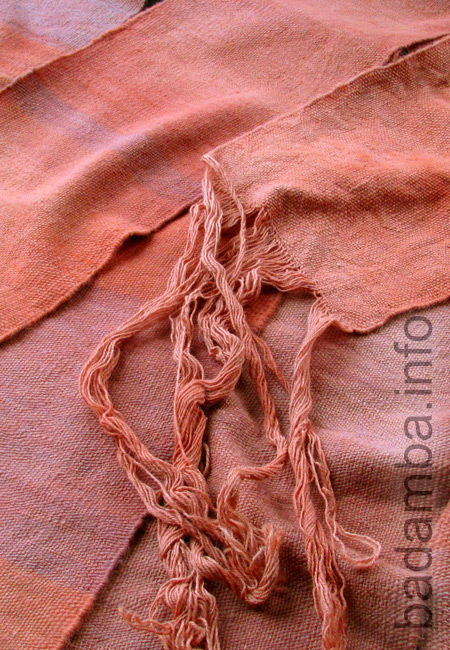
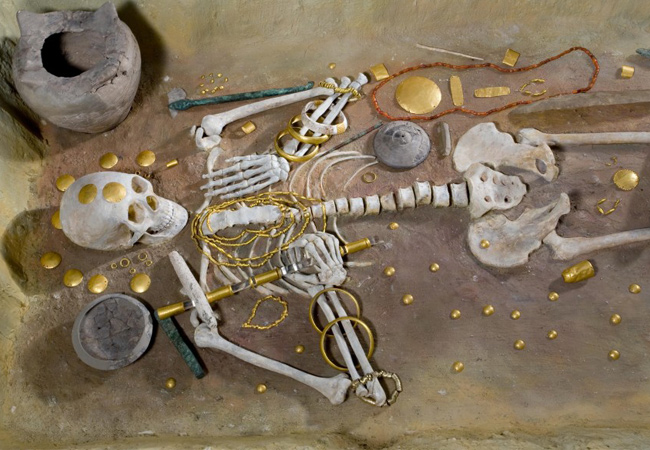



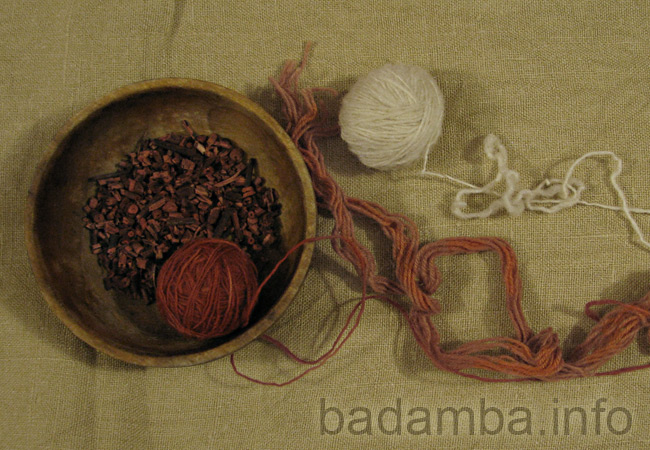
Thracian Clothing
I attempted a recreation of the traditional clothing worn by the tribes in Southern Thracia according to ancient Greek depictions and descriptions, while at the same time creating a practical costume suitable for a hunter and warrior. My main focus was on designing the tunic and cloak.Generally, the tunic is depicted with a lot of folds hanging freely around its owner’s limbs while at the same time emphasizing his athletic build. It is not entirely certain, however, if pleats were used in its making. I made several attempts to reconstruct it – first with normal folding without making precise edges and then with pleats. In the second case, the embroidery around the neck sets the pleats in place and keeps them in good shape after washing.
According to the sources, the cloak (zeira) should be warm and decorated by a characteristic design and, from a practical point of view, it is important that it does not limit its owner’s movements. An analysis of a big collection of preserved vase depictions showed that there were several completely different zeira models.
It can be seen that one of them covers the front and the back side of a body. However, it cannot be said that this is one whole piece of clothing, as there are clearly drawn separately hanging pieces. A detailed design of this model is attached. Practice showed that, despite the completely straight cut, the cloak may be folded and worn in several different ways with the help of two fibulae. Wrapped around one’s body it vaguely resembles a warm shepherd’s cloak (yamurluk). Tightly tied around the torso, it leaves one’s limbs completely free to move. Flung over one shoulder without fastening, it resembles the freely swaying cloaks of the maenads. It was professionally felted by Rumenka Mihaylova who was the other developer of the model.
More photos
The second model studied is visibly lighter and probably intended for warmer weather. It protects its owner’s back and shoulders but it does not completely cover his chest. Some flaps are formed in the front part partially balancing the cloak’s weight and preventing it from digging into its wearer’s neck. Unlike the other model, this one can be worn in only one way.
More photos
The ornaments on the zeiras and tunics were completely handmade from unspun wool. The patterns were again based on Attic pottery drawings. The bright colours were inspired by the wall paintings in the tombs of Kazanlak and Aleksandrovo.


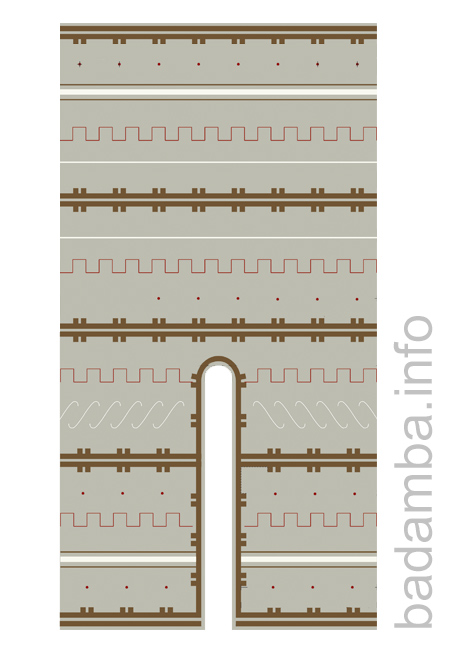



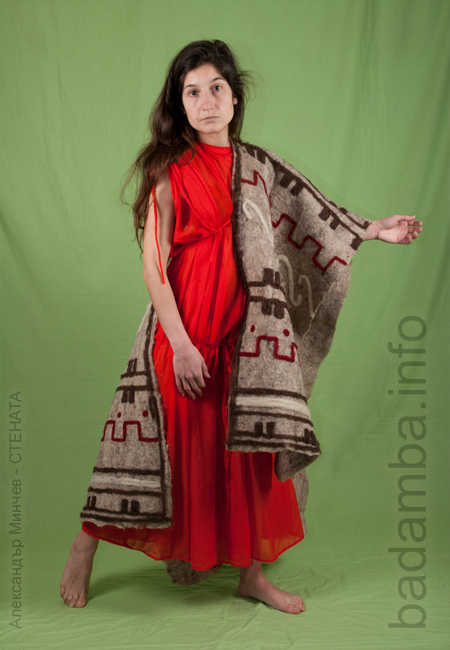




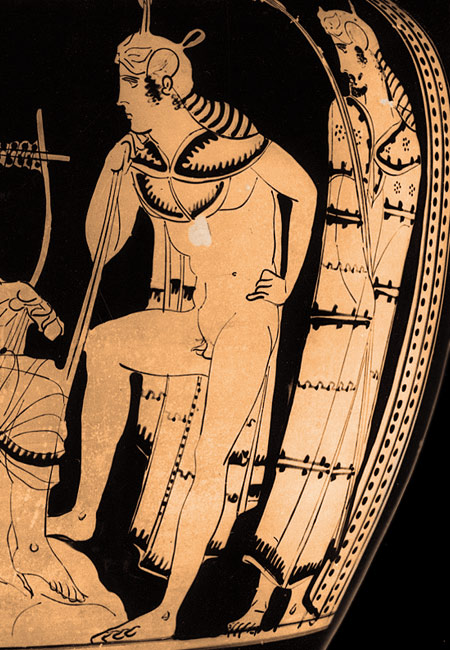

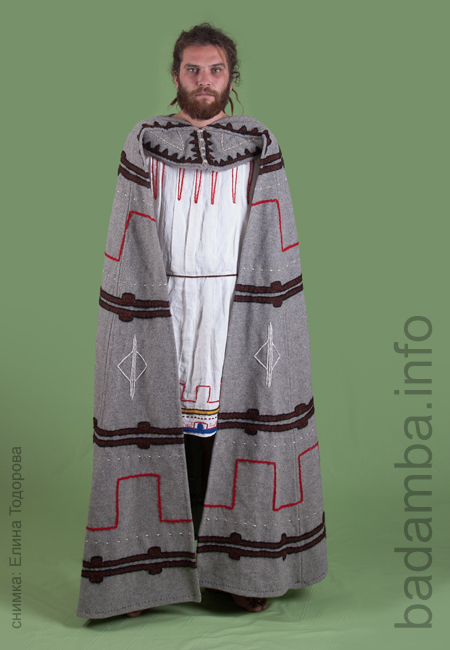

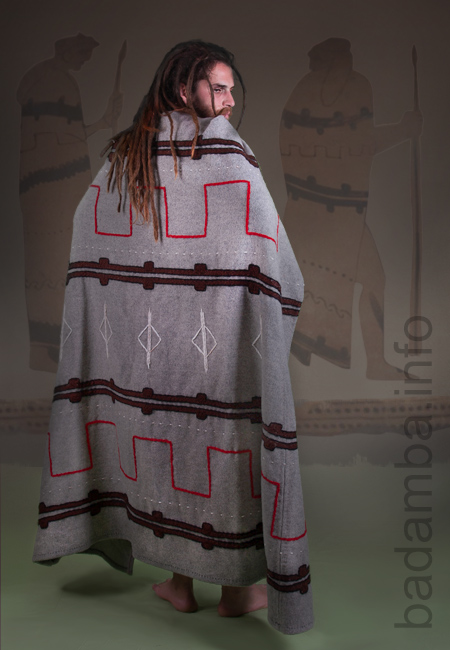

Garment with extra long sleeves
Experimental garment based on miniature in Madrid Skylitzes depicting Khan Omurtag` entourage. Preserved copy of the chronicle is from XII century, but some researchers agree that the historical characters are depicted authentically. The unusual stuff with that tunic are the special model of the collar and the extra long sleeves that look extremely impractical.The same type of sleeves are depicted in Manasses` Chronicle from XIV century, which is a clue that they have been worn for a long period.The aim of the experiment is to determine how these sleeves can be worn in everyday life.
The cut of the collar is based on original finding of Byzantine shirt from Manazan, Turkey (VIII-X century). Appropriate adjustments to mimic drawing in Skilitsa have been made.
The sleeves are entirely experimental and are one of several possible options for reconstruction.
The result was tested by a riding instructor in regular training conditions.
19.04.2015 – Borisovi Horseriding Club
26-28.06.2015 – Abritvs Historical Festival


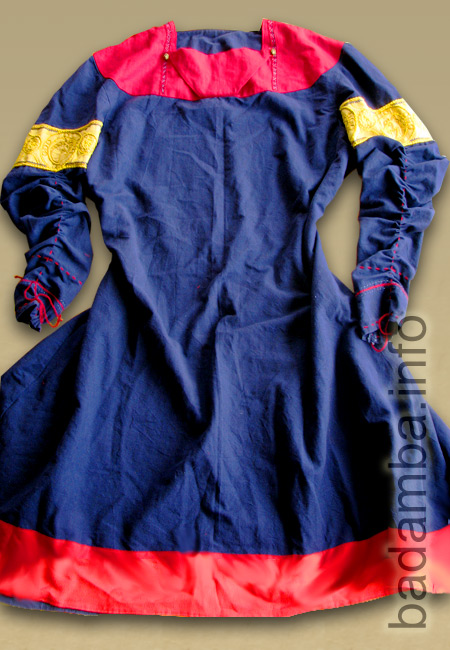



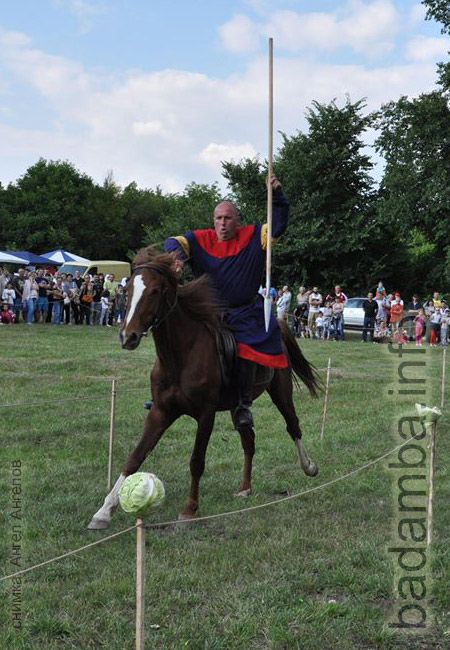
Female Head Accessories
They were reconstructed based on descriptions and partial findings and trialed by female volunteers in field camp conditions. For several days the ladies carried out activities that were typical to a medieval woman – cooking, dishwashing, fire stoking, sewing and embroidery. At the end of each activity, the participants shared their experience and observations.06-08.05.2011
Medieval camp in Cherven, Cherven Fortress
29-31.07.2011
05-07.08.2011
Centuries on a Stage Festival, Veliko Tarnovo
